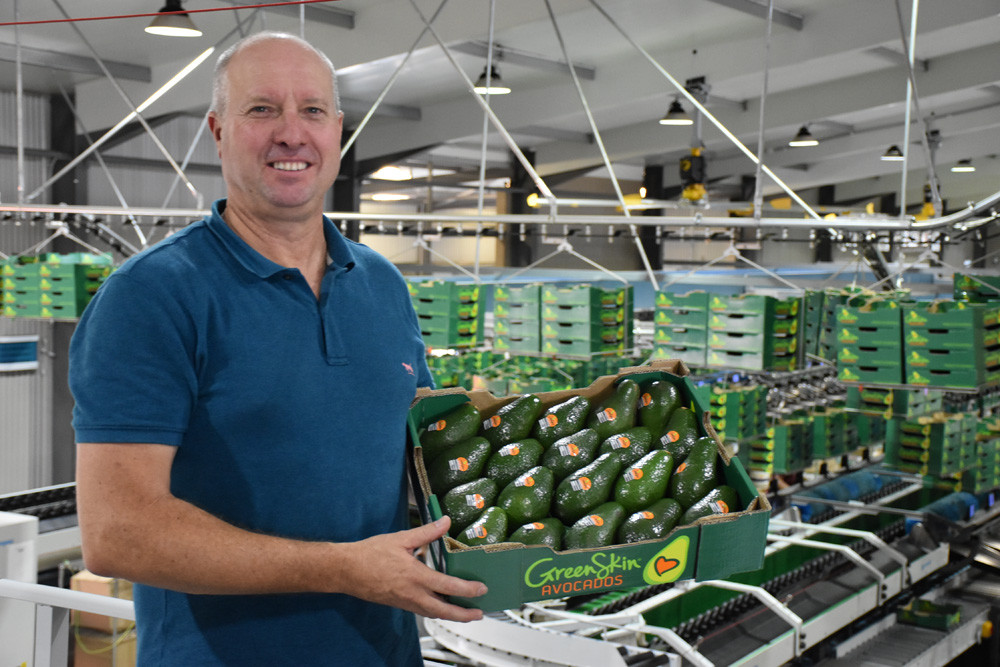General News
23 February, 2023
Avos ripe for the picking
OVER four million trays of avocados are expected to be packed by one local company in Tolga as Australian growers gear up for some of their busiest and potentially most successful growing seasons in recent memory.

In North Queensland, the avocado sea-son typically starts in late January depending on fruit maturity and can run until July but some varieties are still picked well into the later months.
The season then rotates to different districts across Australia including Bundaberg’s which typically overlaps with North Queensland’s growing season.
Pack Centre in Tolga is one of the region’s biggest exporters of avocados with roughly 1.5 million trays expected to go through its doors this season alone with estimates that could rise to four million in the next five years.
As well as being one of the biggest distributors of avocados in the north, Pack Centre director Matthew Kleyn is also the Avocados Australia North Queensland director and represents the North Queensland region.
Pack Centre packs avocadoes for Mr Kleyn’s own farm, Lakeshore, as well as a handful of other farms in the area and distributes them up and down Australia’s east coast.
The two main varieties grown on the Tablelands are Shepard and Hass, with one major difference between the two, the latter’s skin becomes purple when ripe and ready to eat, while Shepard’s remain green.
These two varieties are the main avocados that Pack Centre manage and are sold separately under different brand names to help the consumer better understand which avocado should be eaten when.
Mr Kleyn said while the avocado industry is already a big earner for not only the Tablelands but also North Queensland, it is currently growing at an exponential rate.
“The avocado industry is a big money earner for North Queensland and for the Tablelands and it is radically growing,” Mr Kleyn said.
“We are just in a transition period at the moment, we are just finishing the Western Australian and New Zealand Hass and the consumer outlets are transitioning to Shepard.
“Shepard is an early variety, so there is no other variety ready from now until April or May."
Because avocados are currently in the transition period from Hass to Shepard, prices could rise however it is solely dependent on supply and demand and millions of Shepard avocados will soon line the shelves of supermarkets across the country.
“Hopefully it settles at a place good for the grower and the consumer,” Mr Kleyn said.
“I would like them to be dearer, the consumer would like them to be cheaper and it would be nice to meet somewhere in the middle.
“If they were $1 each they would not be around for long because no one could afford to grow them.”
The popularity of the fruit and its price in recent years has pushed many growers to either plant more trees or completely swap their existing produce in favour of growing avocados.
However, since avocado trees take about six years to fully develop and produce fruit, much of the fruit is still yet to hit the market and numbers are expected to rise over the coming few years, potentially flooding the market.
With the expected increase in avocadoes the domestic market will be flooded and many growers are expecting a glut in prices.
To counteract this, many farmers, Pack Centre included, have started looking elsewhere to send their produce so exports has become a major component of the local avocado industry.
“There are a lot of trees not in full production and there is a lot more fruit coming so we are all working on export markets and that is very important for Australia,” Mr Kleyn said.
“If there is a big glut at some point, the industry will suffer, and growers will pull out so it would be better if we could create new markets.”


